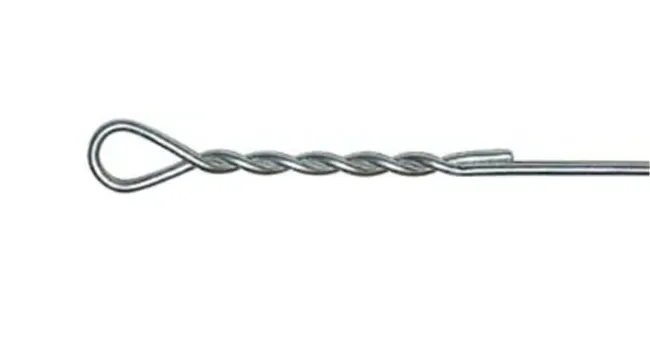-
 Phone:
Phone: -
 Email:
Email:

Understanding Baling Wire Gauge Importance, Measurements, and Applications in Today's Industry
Understanding Baling Wire Gauge Essential Insights for Effective Use
Baling wire gauge is a critical consideration in various industries, particularly in recycling, agriculture, and packaging. This wire is used to bind bales of goods, including hay, cotton, and cardboard, ensuring that the products remain secure and manageable. Understanding the gauge of baling wire is essential for selecting the right type for specific tasks, thus enhancing efficiency and safety in operations.
What is Baling Wire Gauge?
Baling wire gauge refers to the thickness of the wire, typically measured in American Wire Gauge (AWG) system or in millimeters. A lower gauge number indicates a thicker wire, while a higher gauge number denotes a thinner wire. For instance, an 11-gauge wire is thicker than a 14-gauge wire. The choice of gauge affects the wire's strength, flexibility, and overall performance.
Applications of Baling Wire
Baling wire has a wide range of applications across several fields. In agriculture, it is predominantly used to bind hay or straw into bales that are easy to transport and store. In recycling operations, baling wire helps compact various materials, such as paper, plastics, and metals, into manageable bundles for shipment and processing. Additionally, in the packaging industry, baling wire is utilized to secure items, ensuring they remain intact during transportation or storage.
Choosing the Right Baling Wire Gauge
baling wire gauge

Selecting the appropriate baling wire gauge is paramount for achieving desired results. The selection depends on several factors, including the type of material being bound, the size of the bales, and the environmental conditions in which the bales will be stored or transported.
For lightweight materials, such as cardboard or small amounts of straw, a higher gauge wire (e.g., 14 or 16 gauge) may suffice. Conversely, heavier materials like metal scrap or larger hay bales often require a thicker wire (e.g., 10 or 12 gauge) for added strength and durability. Moreover, the environmental conditions, such as exposure to moisture or extreme weather, might necessitate the use of galvanized or coated baling wires to prevent rust and corrosion.
Benefits of Using Proper Baling Wire Gauge
Utilizing the correct baling wire gauge offers numerous benefits. Firstly, it ensures that the bales are tightly bound, reducing the likelihood of spillage and damage during transit. Secondly, proper gauge selection aids in optimizing the load capacity, allowing for more efficient transportation and storage. Lastly, it helps maintain the integrity of the materials, especially in recycling processes where damaged bales can lead to increased costs and operational inefficiencies.
Conclusion
In conclusion, understanding baling wire gauge is essential for anyone involved in agriculture, recycling, or packaging industries. The right gauge ensures the strength and effectiveness of the binding process, thereby enhancing the efficiency and safety of operations. As industries continue to evolve, staying informed about the specifications of baling wire will be vital for achieving optimal results in material handling and management. By prioritizing the selection of appropriate baling wire gauge, businesses can improve their operational practices and better serve their customers.
-
Uncompromised Slope Safety with Advanced Rockfall Protection NettingNewsJun.09,2025
-
The Smart Choice of Chain Link FenceNewsJun.09,2025
-
Securing the Future with Time-Tested Barbed Wire ProtectionNewsJun.09,2025
-
Reliable and All-Season Fencing with Premium Hexagonal Wire MeshNewsJun.09,2025
-
High-Performance Binding Solutions with Premium Loop Tie WireNewsJun.09,2025
-
Durable, Flexible, and High-Performance Baling Wire for SaleNewsJun.09,2025
-
Unveiling the Versatility of Hexagonal Wire MeshNewsMay.21,2025








